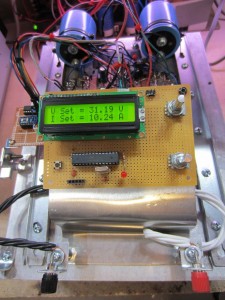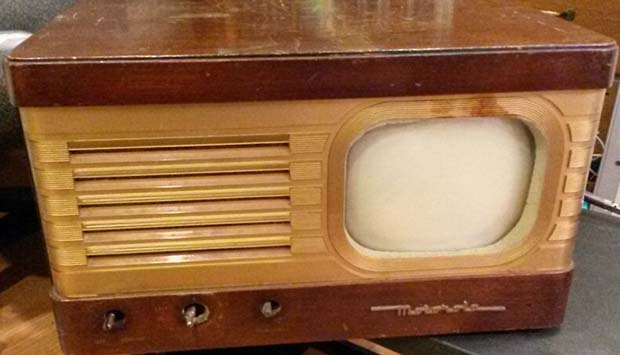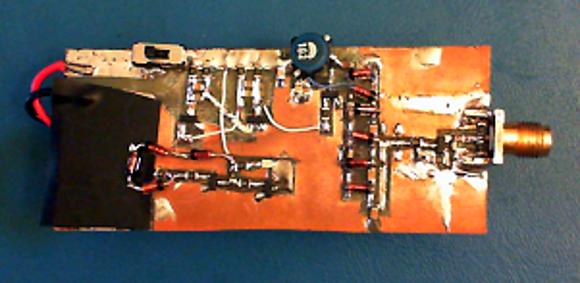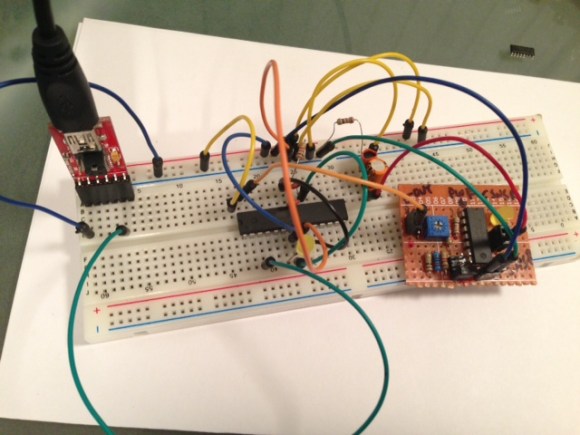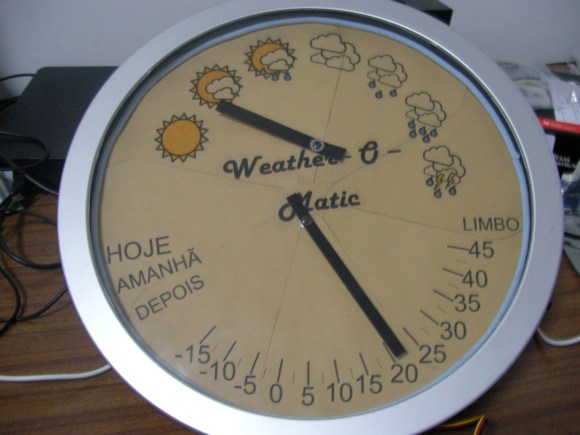
[Spider!]’s contribution to the pantheon of paintball markers is the SMAC: a unique revision to one of Airgun Design’s ever-popular Automags. We needed our tipster, [Russell] to provide some context on the Automag’s evolution, because the brand has served as a popular hacking platform for nearly 20 years. The most frequent is a “Pneumag” modification, which converts the original, fully-mechanical trigger pull into a version where the trigger actuates a pneumatic cylinder to fire the gun.
According to [Russell], the Pneumag’s trigger must completely release between each shot to properly recharge the firing chamber. Without a full release, the gun can load extra balls into the barrel and lead to gloppy consequences. Electronic controls solve this problem, but [Spider!] favored an analog solution that captured a “less is more” mentality over a pre-fab microcontroller board. He built the circuit around a 556 timer used as a delayed re-trigger, but with a few modifications.
Swing by [Spider!]’s forum post for additional details, a cluster of pictures and a bill of materials. Microcontroller alternatives? We’ve got you covered.


